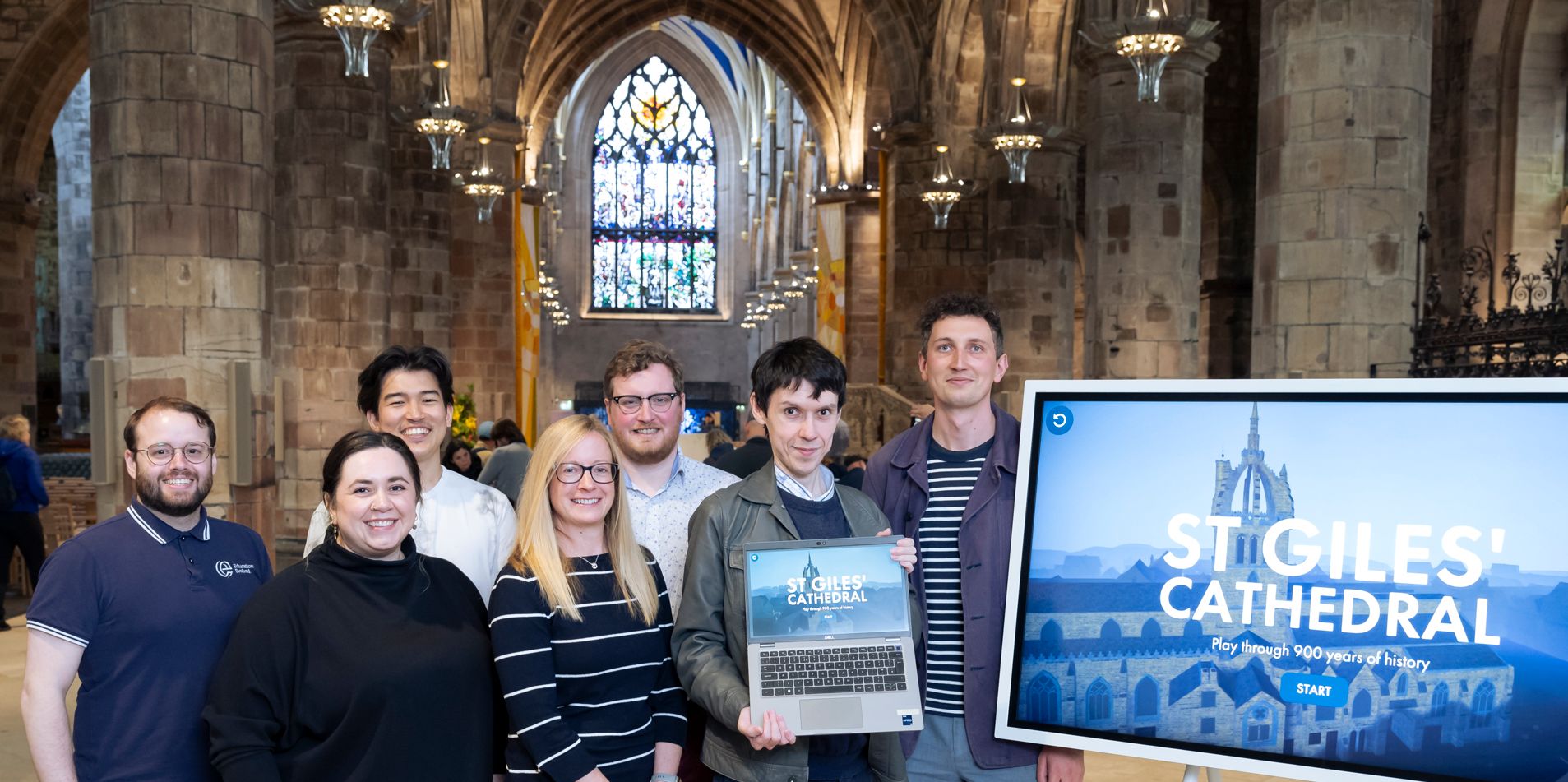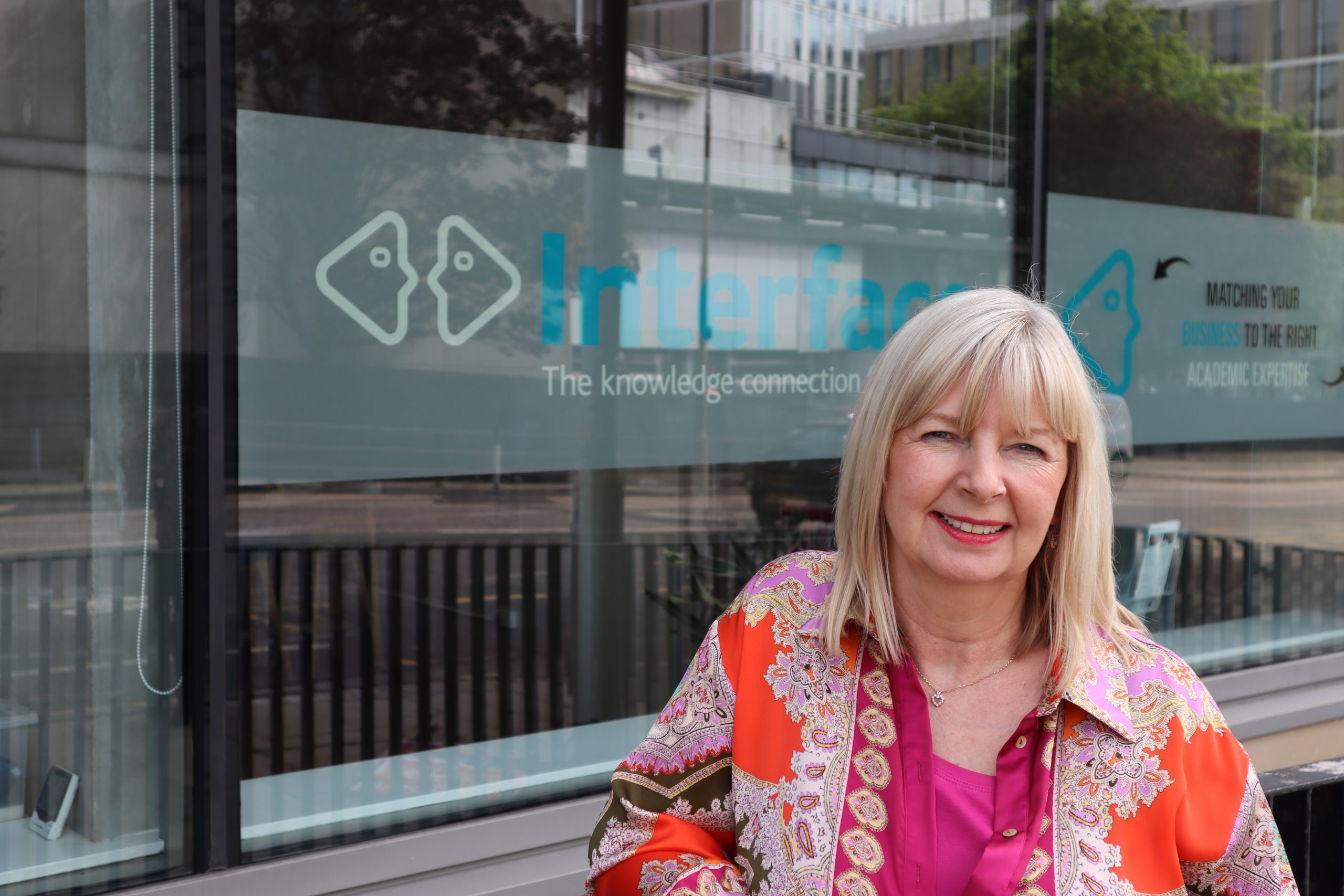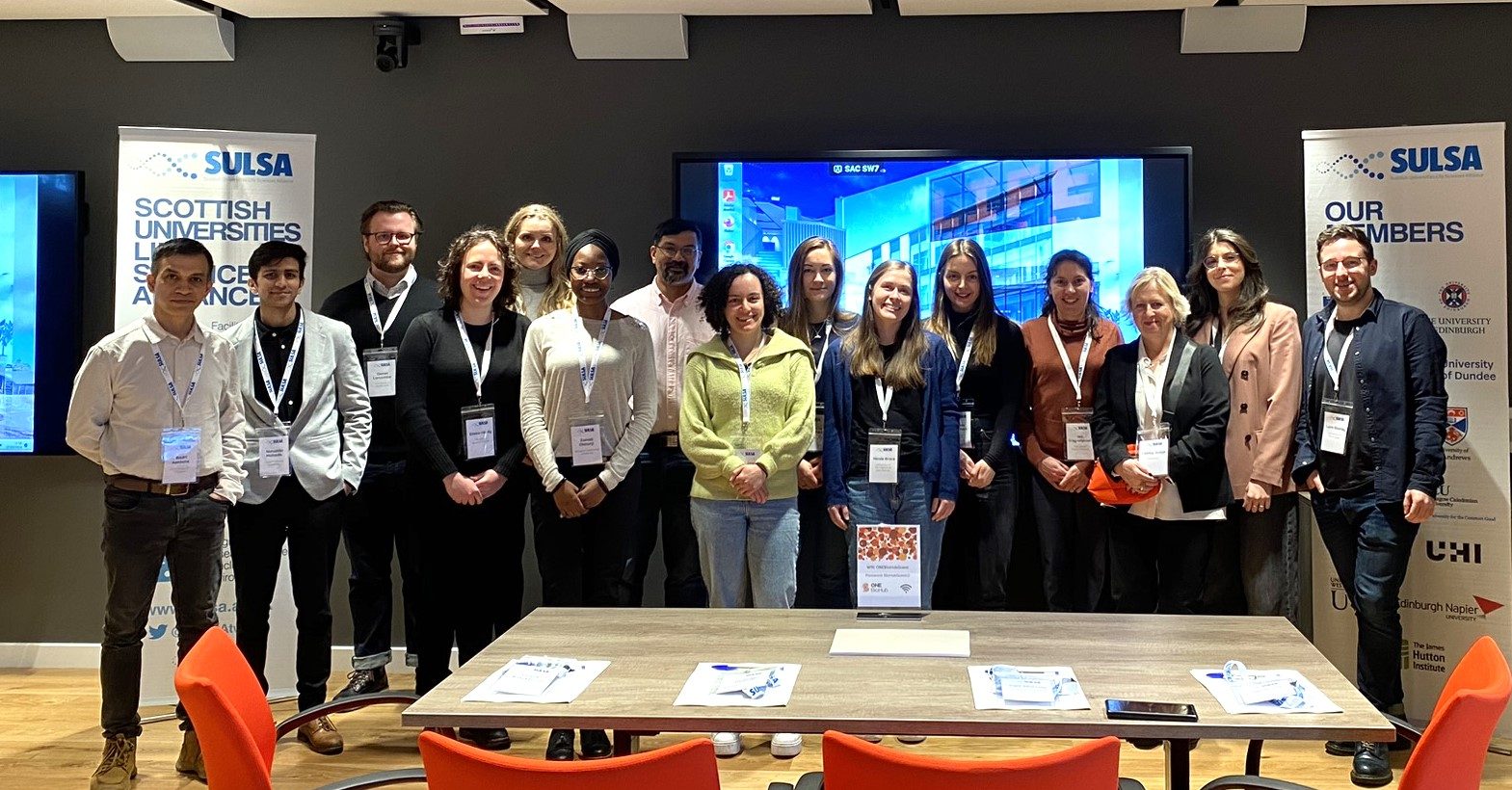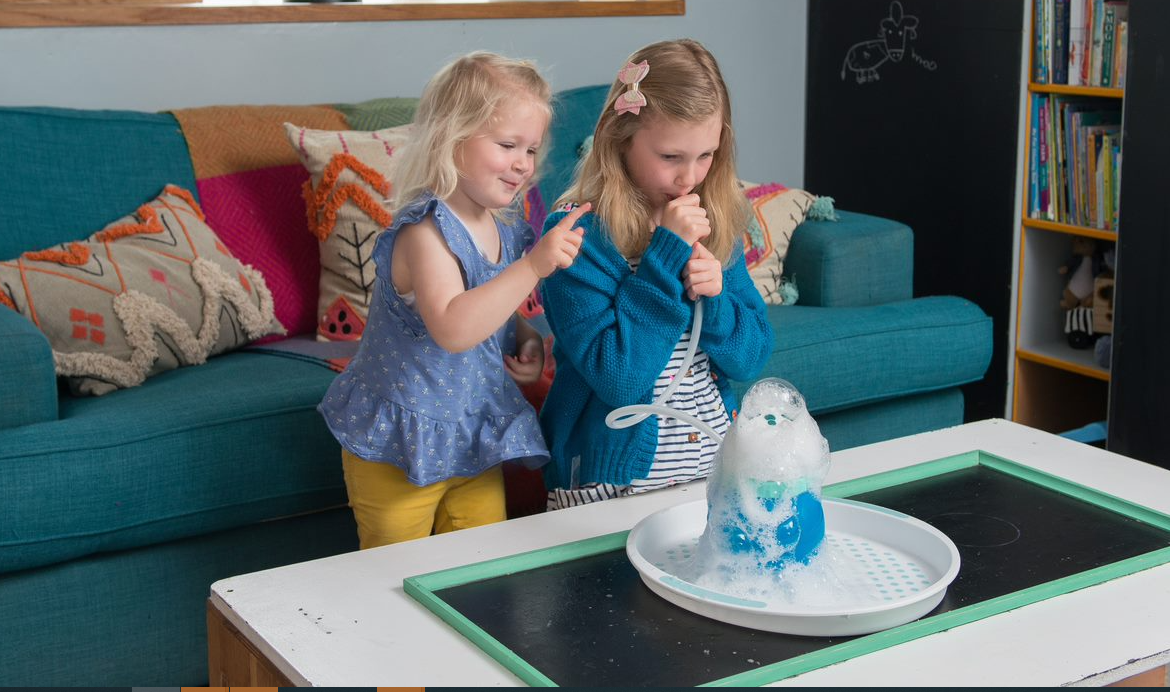Blog
Connecting the Dots

Dr Kate Adamson has been training with Marks & Clerk since 2012 and previously worked as a physicist and engineer in the defence and telecoms industries.
In this blog post, she gives some of her thoughts on intellectual property (IP) in collaborations.
One reason I’m looking forward to participating in the Scottish Knowledge Exchange Awards hosted by Interface in February (I’ll be helping to deliver one of our IP workshops) is because it’s great to see the ideas that can come out of collaborations between companies and universities.
Of course, working in the job that I do, I’m always going to connect ideas with the different types of IP that could be used to protect the ideas – whether that’s patents to protect technical inventions, registered designs to protect the industrial design of a product, trade marks to protect a name or logo, or copyright to protect a user guide or website (there are so many other possible examples too!).
Sometimes generating IP is an explicit goal of a collaboration. For example, a company may want to own patents to stop competitors using their ideas and also to impress potential investors. A university may want to demonstrate impact as well as potentially generating licensing revenue. Other times, protectable IP may come about almost by accident – brainwaves may be more likely to happen when you put people from different environments together!
Either way, it makes sense to have a think about IP when you’re putting a collaboration together. Firstly, what IP does each party in the collaboration already have, and to what extent will the other party have to be allowed to use that IP in order to make the collaboration work?
Secondly, who owns any IP generated during the collaboration? You could decide that one party owns all of it,that it’s always owned jointly, or that different sorts of IP or subject areas are owned by different parties. It may sound great to own all the IP, but in fact there can be significant costs involved in getting the IP protected before it ever makes any money for you.
Thirdly, how are you going to record and manage your IP? Especially when people from different organisations are working together, it’s good to put in place a simple system for recording and reviewing ideas. A good thing about working with a university is that they are likely to already have a recording system in place, so you shouldn’t have to reinvent the wheel.
Putting IP conditions in place is often required (for example by funders) when setting up a collaboration, but it also makes sense to take some time every now and again to look over what the collaboration has generated and what’s likely to be happening in the next few months with regard to IP. The start of a new year can be a great time to come back and take stock, and I expect that over the next few weeks we’ll continue to hear from clients who have been doing just that. I wish you all a happy and collaborative 2017!



